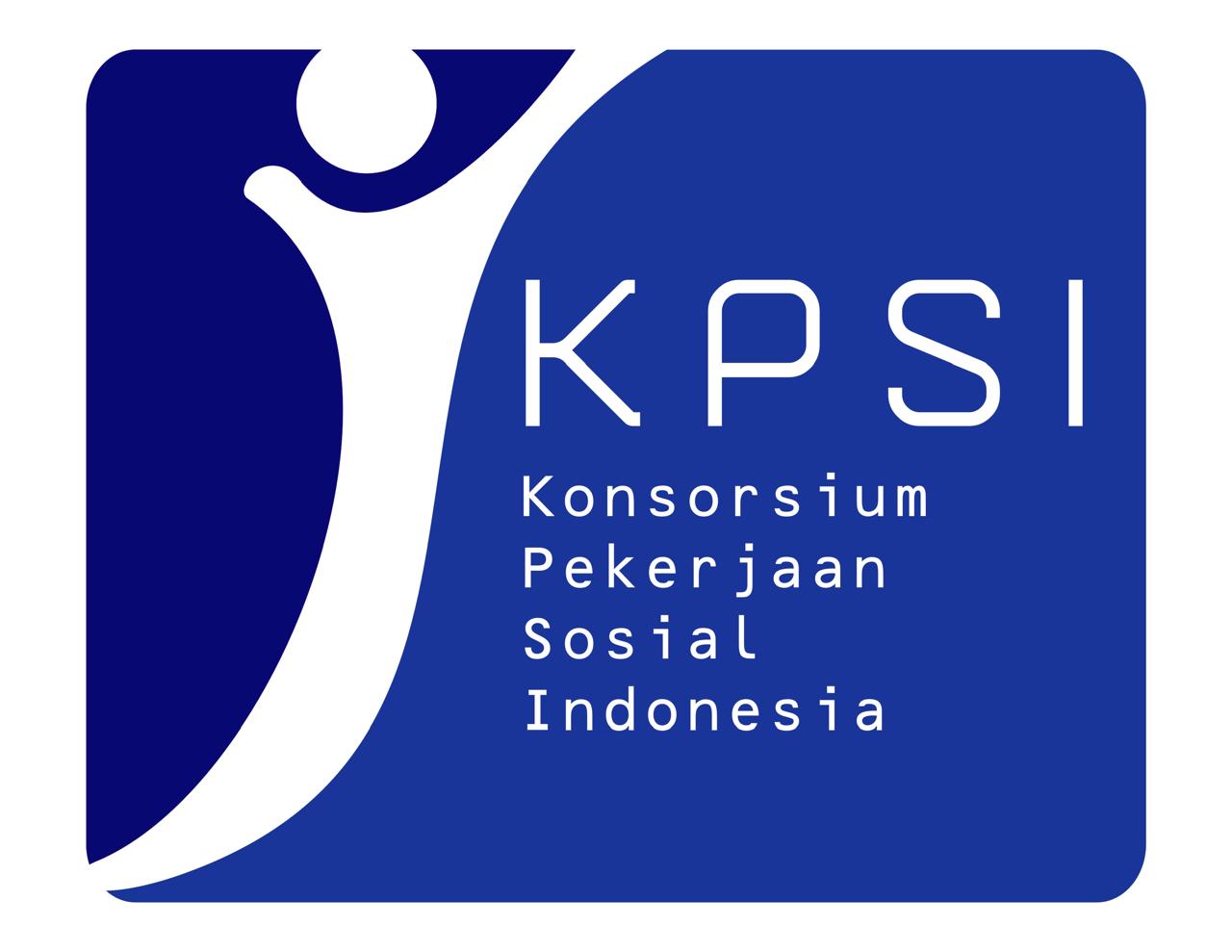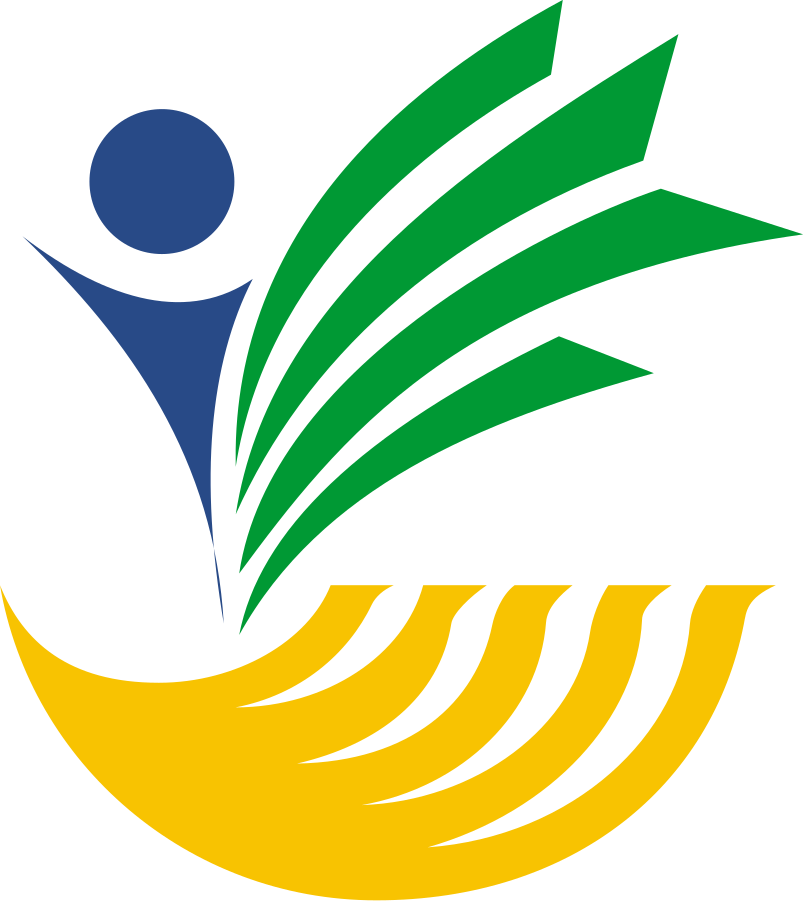Enhancing Participation of Children in Schools: A Social Worker's Perspective
DOI:
https://doi.org/10.58671/aswj.v13i1.107Keywords:
Social Work Model-building; Children participation; Children Protection; School Social Work; Children’s RightsAbstract
Recognizing the importance of children’s participation in ensuring cognitive and social skills development of children, value formation and citizenship, better decision-making for child-centered programs, and strengthening child protection systems, this paper aims to propose a social work model on enhancing children participation in school governance. The model focuses on child-centered intervention approach in addressing the issues and barriers to children’s meaningful participation in decision-making in a public elementary school. Drawing on the assessment conducted in Kalayan Elementary School on the extent and quality of children’s participation, the author proposes a social work model in ensuring the representation of the pupils in the school-based management committee of a public elementary school. The social work model was developed through: (1) needs assessment and further analysis of data using problem tree analysis; (2) developing theory of change to guide the social workers in attaining the desired changes; and (3) creation of a social work model that encapsulates the proposed intervention and expected outcomes.
References
Additional Guidelines to DO no. 47, s. 2014. (2016). Retrieved from:http://www.deped.gov.ph/2016/03/08/do-11-s-2016-additional-guidelines-to-deped-order-no-47-s-2014/
Aldridge, J. (2017) Introduction to the Issue: Promoting Children’s Participation in Research, Policyand Practice. Department of Social Sciences, Loughborough University, Loughborough. https://doi.org/10.17645/si.v5i3.1157
Bessell, S. (2009). Children’s Participation in Decision-Making in the Philippines: Understanding theattitudes of policy-makers and service providers. Childhood, 16(3), 299-316. https://doi.org/10.1177/0907568209335305
Cashmore J. (2002). Promoting the participation of children and young people in care. Child abuse &neglect, 26(8), 837–847. https://doi.org/10.1016/s0145-2134(02)00353-8
Constitution and By-laws of the Supreme Pupil Government and Supreme Student Government inElementary and Secondary Schools. (2014). Retrieved from: http://www.deped.gov.ph/2014/12/01/do-47-s-2014-constitution-and-by-laws-of-the-supreme-pupil-government-and-supreme-student-government-in-elementary-and-secondary-schools/
Coram International (2018). Situational Analysis of Children in the Philippines. UNICEF, Philippines.Retrieved from: https://www.unicef.org/philippines/nationalsitan2018.pdf
Department of Education. (2005). Basic Education Sector Reform Agenda. Retrieved from:http://www.fnf.org.ph/downloadables/Basic%20Education%20Sector%20Reform%20Agenda.pdf
Department of Education (2009) A Manual on the Assessment of School-Based ManagementProcess. Retrieved from: https://depedkoronadalcity.files.wordpress.com/2012/10/sbm-manual.pdf
Department of Education (n.d.) A Manual on School Governing Council. Retrieved from:https://depedzn.net/files/downloads/SchoolGoverningCouncilManual.pdf
Duma, Martin. (2015). Student Participation in School Governance: The Views of Rural SchoolPrincipals. studies of tribes and tribals. 13. 181-188. 10.1080/0972639X.2015.11886725.Education Act. (1982). Retrieved from:https://lawphil.net/statutes/bataspam/bp1982/bp_232_1982.html
Governance of Basic Education Act (2001). Retrieved from:https://www.google.com/search?q=Governance+of+Basic+Education+Act+of+2001&rlz=1C1CHBF_enPH778PH778&oq=Governance+of+Basic+Education+Act+of+2001&aqs=chrome..69i57j0l5.4784j0j7&sourceid=chrome&ie=UTF-8
Hart, R. (1992). Children’s Participation: From Tokenism to Citizenship. UNICEF: Florence
Horgan, D., Forde, C., Parkes, A. Martin, S. Mages, L. and O’Connell, A. (2015) Children andyoung people’s experiences of participation in decision-making at home, in schools and in theircommunities. Dublin: Department of Children and Youth Affairs. Available at: www.dcya.ie
Implementing Rules and Regulations of R.A. 9155 s. (2001). Retrieved
from:http://www.web.psc.gov.ph/Legal%20%20Mandates_/IRR%20of%20RA%20No.%209155.pdf
Institutionalization of the Supreme Pupil Government in all Elementary Schools Nationwide. (2007).Retrieved from: http://www.deped.gov.ph/wp-content/uploads/2007/07/DO_s2007_045.pdf
Lansdown, G. (2010). The Realization of Children’s Participation Rights: Critical Reflections. Smith, B.& Thomas, N. (Ed) A Handbook of Children and Young Peoples Participation: Perspectives from theory and practice (pg 11 – 23) Routledge, New York.
Martin, K. & Franklin. A. (2010). Disabled children and participation in the UK: reality or rhetoric?
Smith, B. & Thomas, N. (Ed) A Handbook of Children and Young Peoples Participation: Perspectives from theory and practice (pg 11 – 23) Routledge, New York.
McNeish, D. (1999). Promoting Participation for Children and Young People: Some Key Questions for Health and Social Welfare Organizations. Journal of Social Work Practice 12(2) pg. 191 - 203
One School, One Supreme Pupil/Student Government Policy. (2010). Retrieved from:http://www.deped.gov.ph/2010/06/18/do-84-s-2010-one-school-one-supreme-pupil-student-government-policy/
Morojele, P., & Muthukrishna, N. (2011). Child Participation in School Governance: The Case of
Prefects at a Primary School in Lesotho. Perspectives in Education, 29(4), 49–57.
Nicolas, J.F.L.V. (2024). Model-building as theorizing in social work practice: the integrative and
innovative interventions MSW program model of the University of the Philippines In J. Przeperski, &
R. Baikady (eds.), The Routledge International Handbook of Social Work Teaching (190-
Philippine Education for All 2015 Plan. (2015). Retrieved from:https://unesdoc.unesco.org/ark:/48223/pf0000230331
Ray, P. (2010). The participation of children living in the poorest and most difficult situation. Smith, B.
& Thomas, N. (Ed) A Handbook of Children and Young Peoples Participation: Perspectives from
theory and practice (pg 11 – 23) Routledge, New York.
Ruiz, H. (2011). Case Studies on Child and Youth Participation in the Philippines. Council for theWelfare of Children. Retrieved from: https://cwc.gov.ph/resources/child-participation.html
Save the Children (2014) A Toolkit for Monitoring and Evaluation Children’s Participation: Booklet 5. Save the Children, London
Save the Children & UNICEF. (2011). Every Child’s Right to Be Heard. Save the Children UK, London
UNCRC (2006) General comment No. 7 (2005): Implementing Child Rights in Early Childhood. Retrieved from: https://www.refworld.org/docid/460bc5a62.html
UNICEF (n.d.) Levels of Participation. Retrieved from:
http://www.unicef.ca/sites/default/files/imce_uploads/UTILITY%20NAV/TEACHERS/DOCS/GC/levels
_of_child_participation.pdf
UNICEF. (2006) Manual on Child-Friendly Schools.
UNICEF (n.d.) The United Nations Convention on the Rights of the Child. Retrieved from: http://www.unicef.org.uk/wp-content/uploads/2010/05/UNCRC_PRESS200910web.pdf
Wertheimer, M. et al. (2004). Community Partnerships: An Innovative Model of Social Work Educationand Practice. Journal of Community Practice, 12(3/4), 123-140. DOI: 10.1300/J125v12n03_08
Woodhead, M. (2010) Foreword. Smith, B. & Thomas, N. (Ed) A Handbook of Children and Young Peoples Participation: Perspectives from theory and practice (pg x – xxi) Routledge, New York.
Yu, K., & Shay, C. (2022). Tokenism and Barriers to Genuine Learner Participation in SchoolGovernance in One Progressive South African Girls’ High School. South African Journal of Education, 42(4).
Downloads
Published
How to Cite
Issue
Section
License
Copyright (c) 2025 Karleen May Reodique

This work is licensed under a Creative Commons Attribution-NonCommercial-ShareAlike 4.0 International License.































